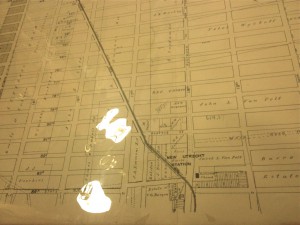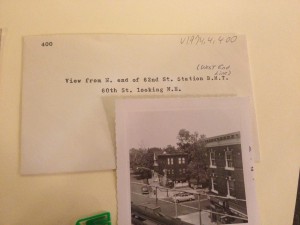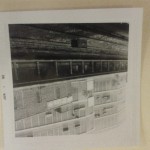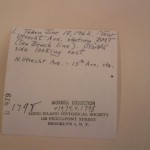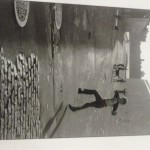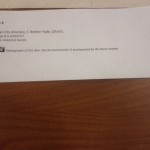In the story beloved by Tony Morrison there is no narrator inside the story ,who is a part of the story . The narrator is totally unknown. The narrator in this story is not limited , knows everything that is going on in every ones mind and how every one feels about every even that has happened in life and is about to happened in their life. But the story is narrated from a third person point of view. I would like to state that the narrator in this story is omniscient.
The story is very self explanatory in a way . But it gets confusing because of the sudden flash backs . The story is mainly about Sethe and her struggle through out her life . That’s what I think of the story . But her story is narrated by different voices also . Just like the way Denver talks about the story of her birth. Its Sethe’s story of escaping from sweet home which is a painful memory for Sethe but when Denver becomes the narrator she takes pride of it. There is a hint of joy she takes out of Sethe’s painful story. The narrator played awesomely with words and timing and settings over here. Which made the story a bit confusing but very lively when its put together .The narrator is the real ornament of this story .

